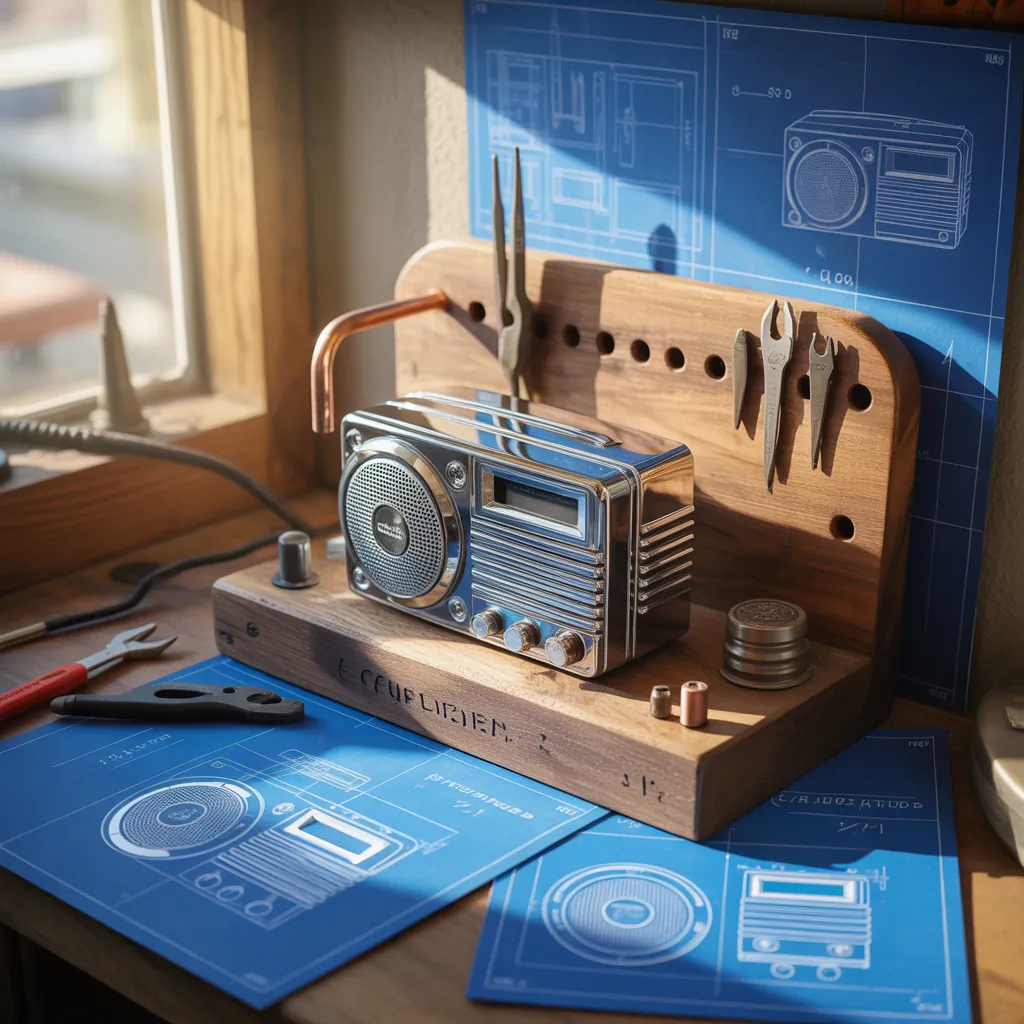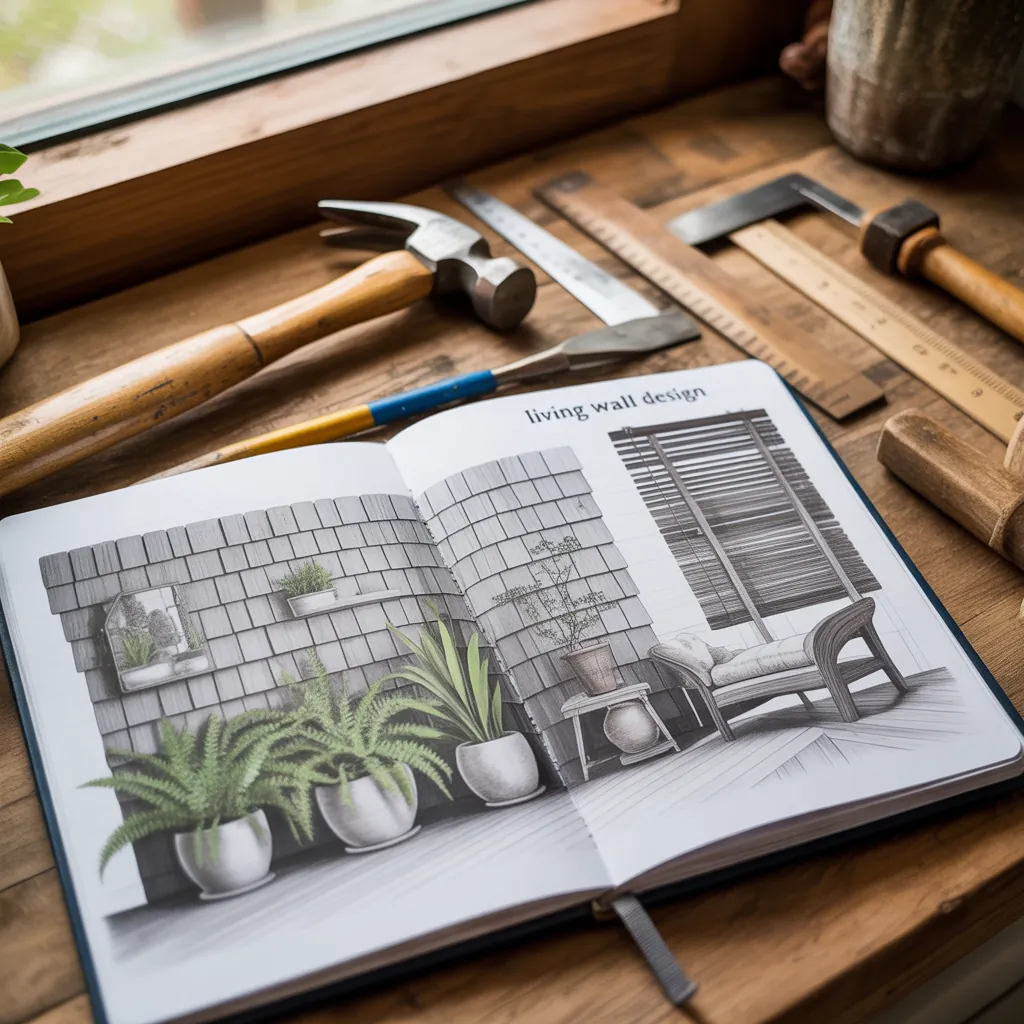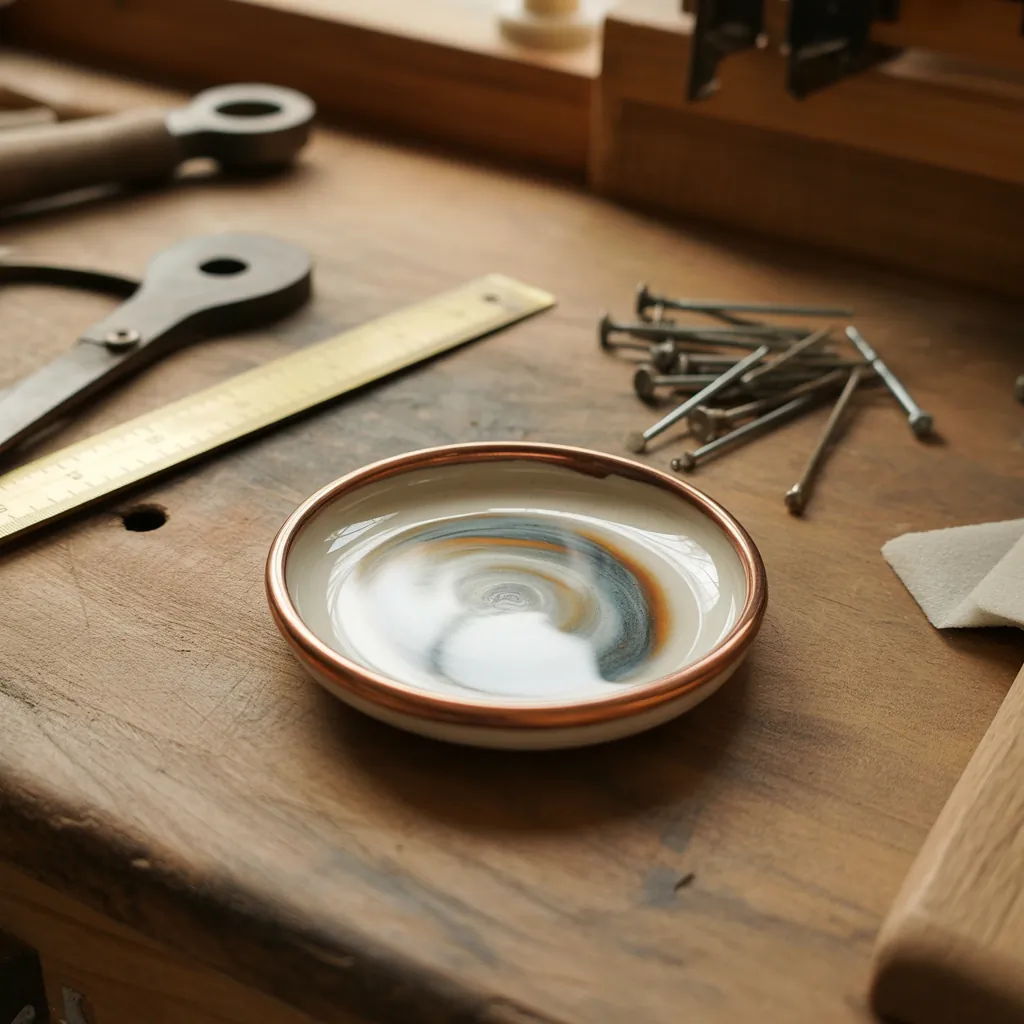Saturday morning. Coffee in hand, you’re halfway through a dash upgrade when you realize the CB radio cable is draped across the ignition and the mic has no home. Sound familiar? If you’re searching for cb mount plan ideas that turn a messy installation into a clean, professional-looking setup, you’re in the right place. This guide walks you through practical, real-world mounting plans, step-by-step tips, and design inspiration so your next CB radio install looks and performs great.
What to think about before you start
Before you pick a mounting spot, pause and consider the following factors. A good plan saves time and avoids headaches during the install.
- Accessibility: Microphone reach and push-to-talk (PTT) comfort are essential.
- Ventilation: Avoid trapping the radio inside tight, heat-retaining cavities.
- Vibration & shock: Choose a mount that reduces rattles and wear.
- Power & grounding: Plan power routing, fuse placement, and a good chassis ground.
- Antenna routing: Ensure coax can run to the antenna path without kinking.
- Appearance: Keep panels neat and match interior finishes for a factory look.
Practical cb mount plan ideas for every vehicle and space
Below are tested mounting concepts with quick instructions so you can choose a plan that suits your vehicle or base station.
1. Under-dash pocket mount (clean, factory look)
Ideal for cars and trucks. Use a shallow under-dash bracket to hide the radio while keeping controls accessible.
- Measure depth and clearance behind the dash.
- Install a pre-made under-dash bracket or fabricate a thin aluminum shelf.
- Secure with self-tapping screws into metal studs or existing mounting points.
2. Center console or glove box install (hidden, secure)
Good for those who prefer the radio out of sight. Mount the radio inside the console and run a remote mic lead to a clip on the dash or A-pillar.
3. Overhead console mounting (RV and vans)
Perfect for RVs and tall-cab trucks — keeps the radio within reach without crowding the dash.
- Create a plywood or composite shelf inside the overhead bin.
- Drill ventilation holes and use foam pads to reduce vibration.
4. Roll-bar or cage mount (off-road vehicles)
Attach a clamp-style bracket to a roll bar for easy access. Use rubber-lined clamps to avoid scratches.
5. Swivel dashboard bracket (best for passenger-side flexibility)
Swivel mounts let you angle the radio toward the driver or passenger. Secure using dash bolts and use a quick-release if you need to remove it regularly.
6. Trunk or cargo area base station (portable base radio)
Mount the radio on a shelf in the trunk or cargo area with a remote-mounted microphone. Add a foam-lined enclosure for sound dampening.
7. Weatherproof exterior box (permanent exterior mount)
For specialized vehicles or garages: install the radio in a sealed, ventilated box on an exterior panel. Ensure the unit is protected from moisture and extreme temps.
8. Magnetic or temporary mount (renter-friendly)
Non-permanent magnetic mounts and dash clips are great for temporary installs. Make sure magnets are rated for vibration and use a backup strap for safety.
9. Custom CNC or 3D-printed trim panel (premium finish)
Create a bespoke faceplate that matches the vehicle interior. 3D-printed bezels can hide gaps and mount points for a factory look.
Tools, materials, and a step-by-step installation checklist
Gather these items before you begin to streamline the process.
- Tools: drill, set of bits, Phillips & flat screwdrivers, socket set, wire strippers, crimpers, multimeter.
- Materials: mounting brackets, self-tapping screws, rubber vibration pads, zip ties, split loom, ring terminals, inline fuse holder.
- Extras: microphone clip, quick-release bracket, heat shrink tubing, electrical tape.
Step-by-step checklist:
- Mock-up the radio position with tape and cardboard to confirm access and sightlines.
- Test-fit the bracket and mark mounting points.
- Drill pilot holes and attach the bracket using appropriate fasteners.
- Run power cable from battery using an inline fuse close to the battery.
- Route coax to antenna with gentle bends and secure with P-clamps.
- Ground the radio to a clean, unpainted chassis surface.
- Mount the microphone clip in an easy-reach spot.
- Test all functions and secure loose cables with zip ties and loom.
Wire management and safety tips
- Always fuse the power as close to the battery as possible to prevent fires.
- Avoid routing coax near ignition wires or high-current lines to reduce interference.
- Use grommets when passing cables through metal panels.
- Label wires if you plan to remove the setup later — it saves time.
Design inspiration and finishing touches
Small details make an installation look custom and intentional. Consider these finishing options:
- Paint or wrap the bracket to match the interior color.
- Add foam or rubber padding between metal mounts to reduce rattles.
- Use stainless hardware for corrosion resistance in motorcycles or open vehicles.
- Create a quick-release mount for multi-vehicle setups.
Frequently Asked Questions
How high should a CB radio be mounted in a vehicle?
Mount the radio so the controls and display are easily visible and the mic is within comfortable reach. For most drivers that’s lower dash to mid-dash height; in RVs and vans overhead positions also work if the mic is remotely clipped near the driver.
Can I use a CB radio without a professional install?
Yes — many CB radios are DIY-friendly. Follow a checklist: confirm mounting clearance, fuse the power line, ground properly, and route coax carefully. If you’re unsure about drilling structural panels or working on the battery, consult a pro.
What’s the best way to reduce noise and vibration from a CB mount?
Use rubber vibration pads, foam isolators, and tight fasteners. Secure cables so they don’t vibrate against the chassis. For extreme cases, a vibration-damping bracket or foam-lined enclosure helps minimize noise.
Conclusion — pick a plan and get hands-on
Whether you’re upgrading a truck, outfitting an RV, or building a garage base station, these cb mount plan ideas give you practical, doable options. Start with a mock-up, choose the mounting style that fits your access and aesthetic needs, and follow the checklist to finish cleanly and safely. Ready to try one? Browse our DIY projects for more walkthroughs, check out interior finishes in our home design ideas section, or if you’re upgrading elsewhere in the vehicle, see tips in kitchen upgrades for inspiration on matching finishes.
Want step-by-step photos or a parts list for a specific mount type? Leave a comment and I’ll add a how-to post tailored to your vehicle.



